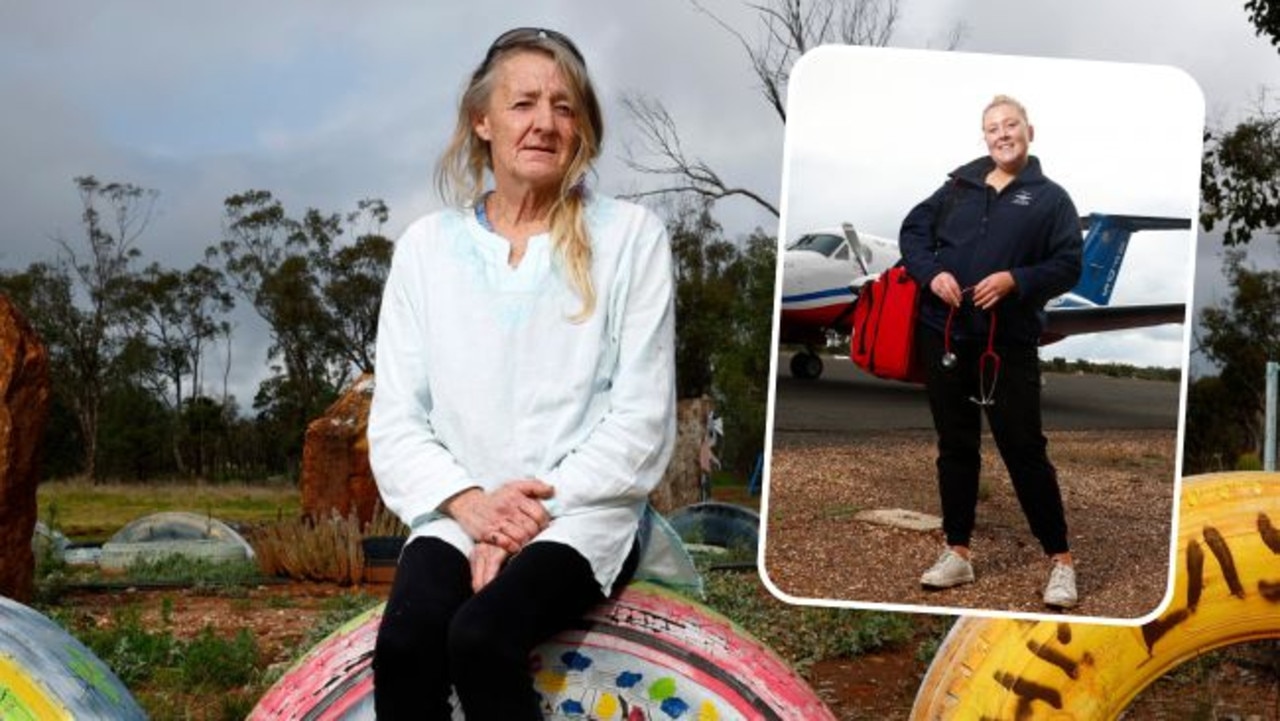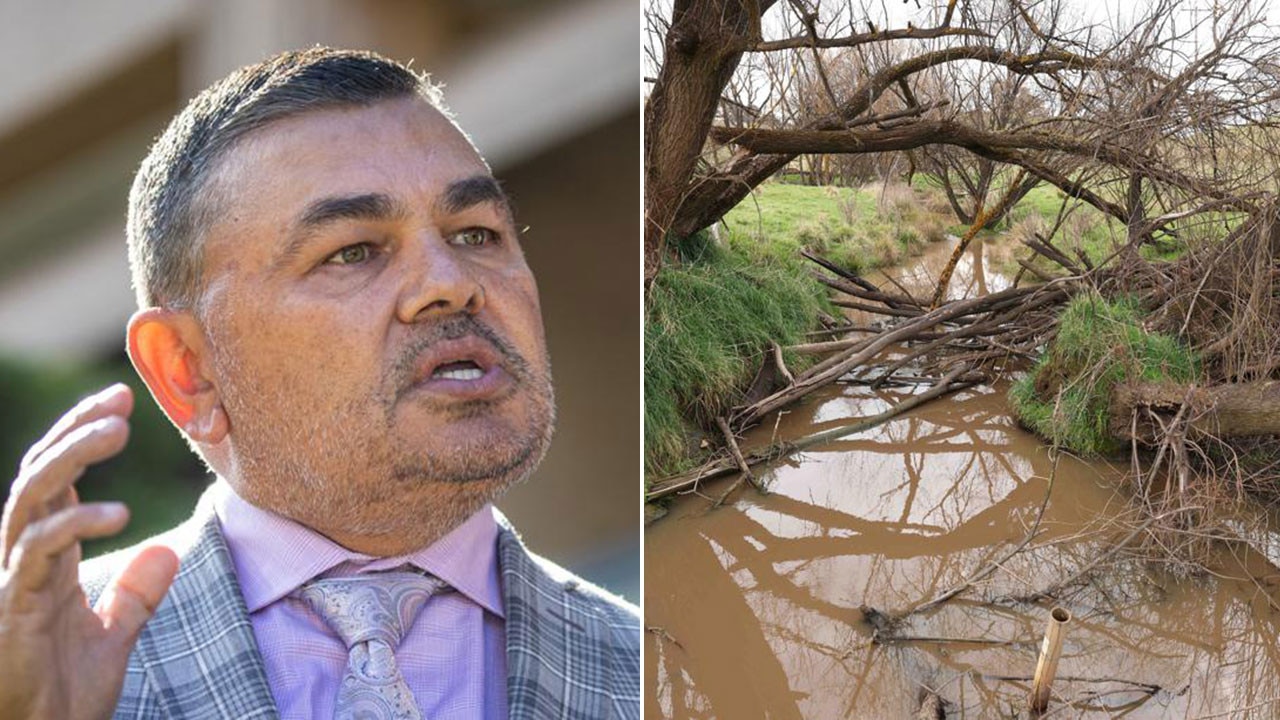Bush Summit 23: New $20k bonus to entice health workers to regional and remote NSW
Workers will get up to $20,000 in incentives in a bid to fill huge job vacancies. See how you could access the big cash bonuses.
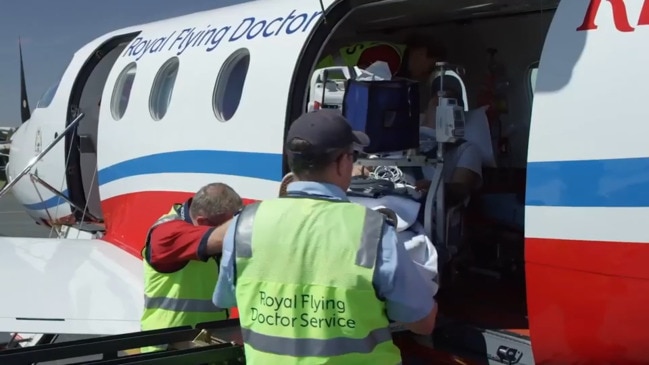
Bush Summit
Don't miss out on the headlines from Bush Summit. Followed categories will be added to My News.
The pledge, to be unveiled on Friday at The Daily Telegraph’s Bush Summit in Tamworth, doubles the $10,000 scheme currently on offer for key health professionals, with Premier Chris Minns saying the lesser figure had failed to improve staffing shortages that were crippling regional and remote NSW.
It comes as all regional local health districts in the state face nursing shortages, with the problem particularly severe when it comes to nurses with emergency skills required at smaller facilities.
Since the early-2000s there have been incentives to entice government workers to rural and remote NSW.
The Coalition government last year announced, as part of an $883 million package, a scheme targeted at getting health workers — including nurses, midwives, paramedics, pathologists and other allied health staff — to the bush, with incentives of up $10,000.
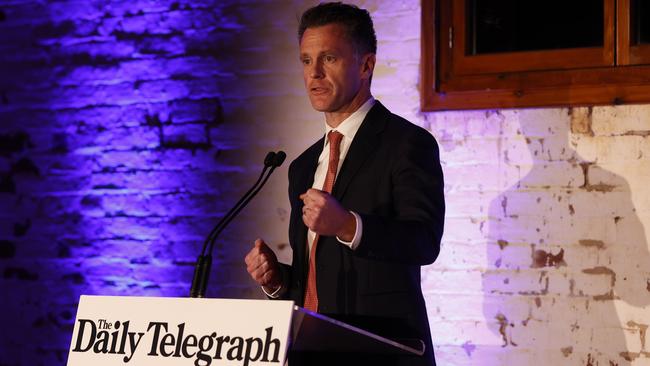
But figures from NSW Health show that just 9 per cent of roles advertised in the incentive scheme have been filled since then, prompting Labor to double the funding on offer.
The new move means health workers who move to the regions will get up to $20,000 to pay off study loans, while the funding can also be used to cover sign-on bonuses, relocation costs, further education, accommodation and boosting salaries.
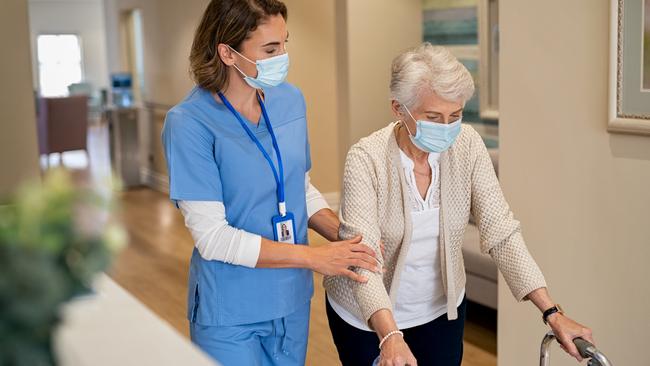
The announcement follows a NSW government parliamentary inquiry last year which found there had been “a historic failure” in improving the “inferior” and “unacceptable” regional healthcare sector, with patients in the bush frequently left without doctors, and paramedics used as stopgap patient transporters between facilities.
Mr Minns said the $20,000 incentive scheme was an “important step” in filling ailing workforces in the bush.
“Attracting health workers to regional and rural and remote locations is a challenge for all health jurisdictions and governments,” he said.
“This was exacerbated by the former government’s wages cap, as well as the pandemic impacts on the health workforce in rural areas.”
Mr Minns said there was no question the number of workers in regional health had to be increased.
“No matter where you live in NSW you should have access to vital services, but that isn’t possible without our essential health workers,” he said.
“We have to grow the workforce in rural, regional and remote areas and this announcement is an important step towards that.”
The Premier will also update the Bush Summit audience on strides taken in the education sector, after Labor’s election promise to convert 16,000 casual and temporary teaching roles to permanent contracts.
According to the NSW Government, 10,568 permanent positions have been accepted, with more than 50 per cent — or 5651 jobs – in rural and regional NSW.
Mr Minns will tell the Bush Summit the number of temporary positions in the bush has dropped to 23 per cent, down from 34 per cent, since the scheme commenced.




